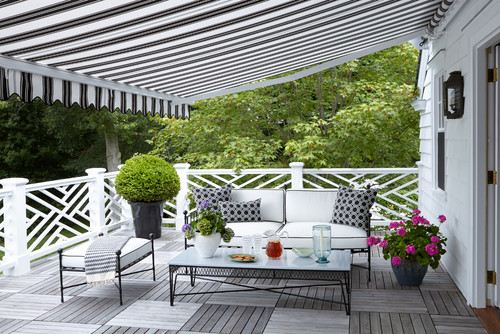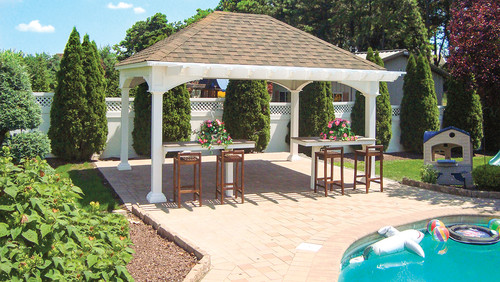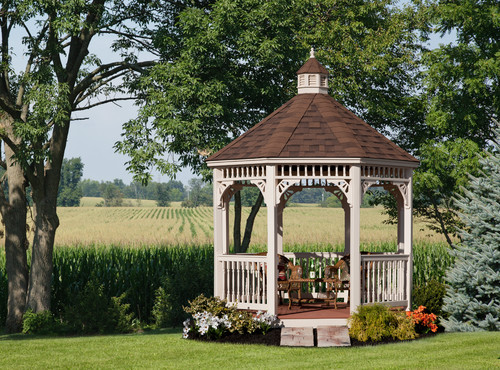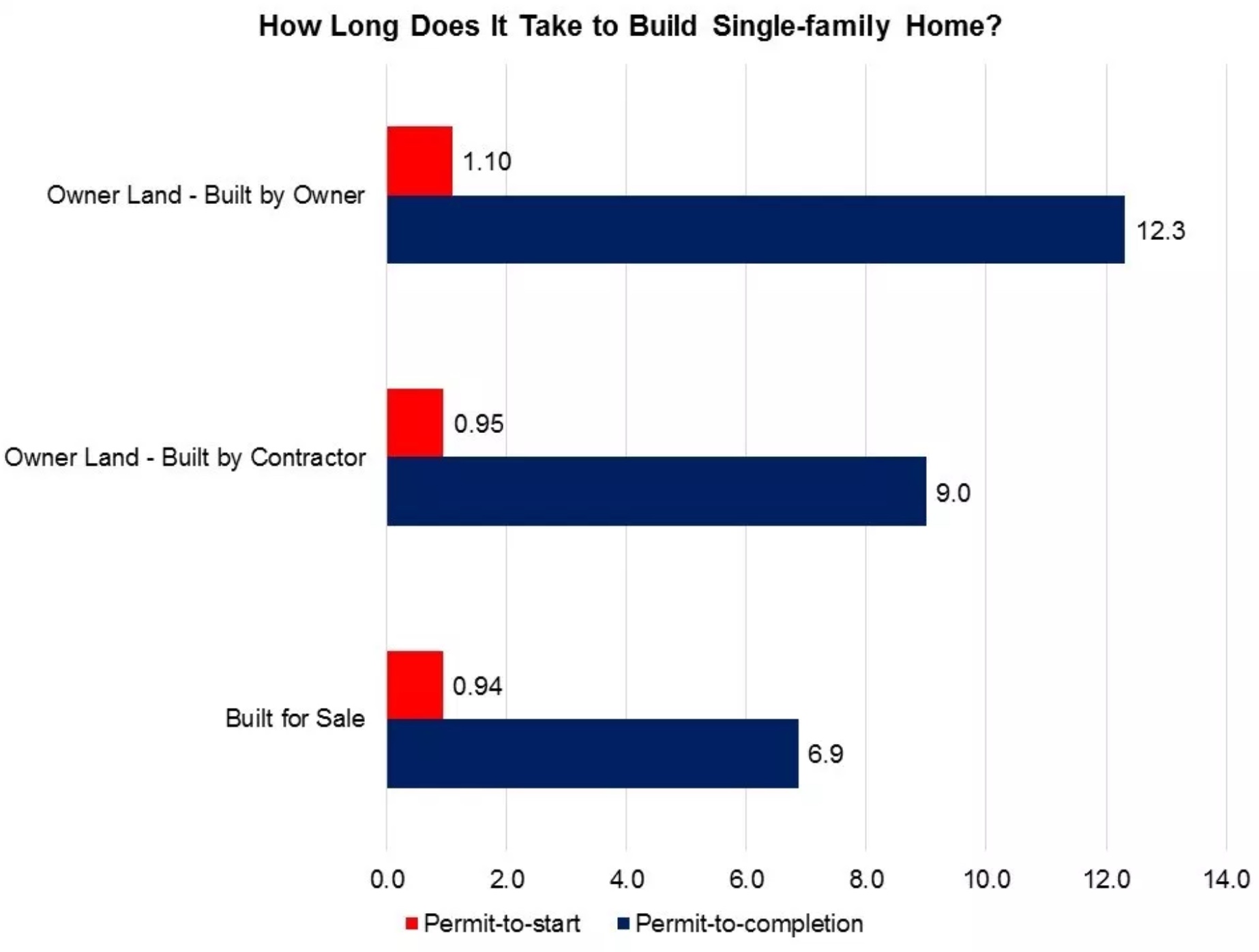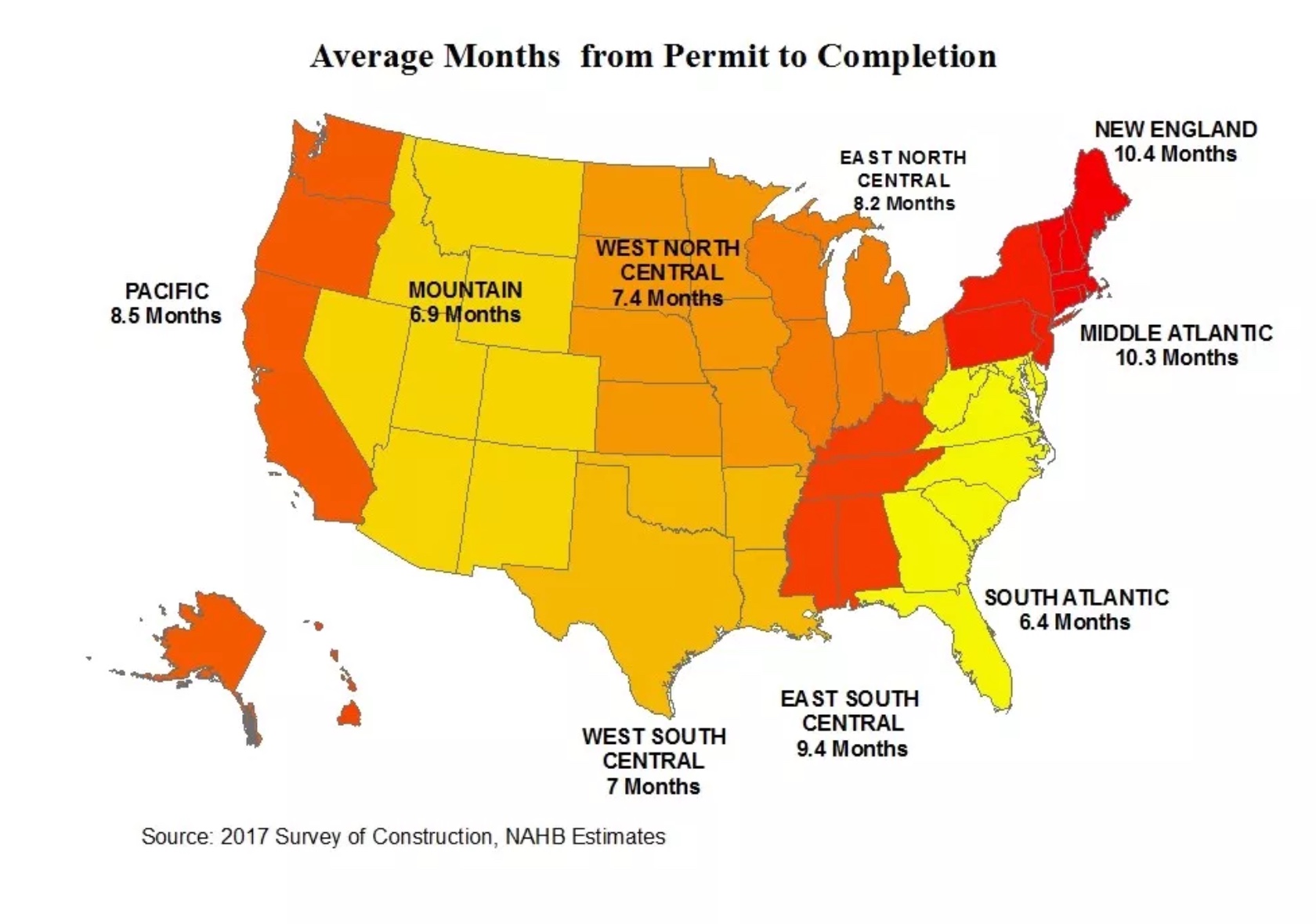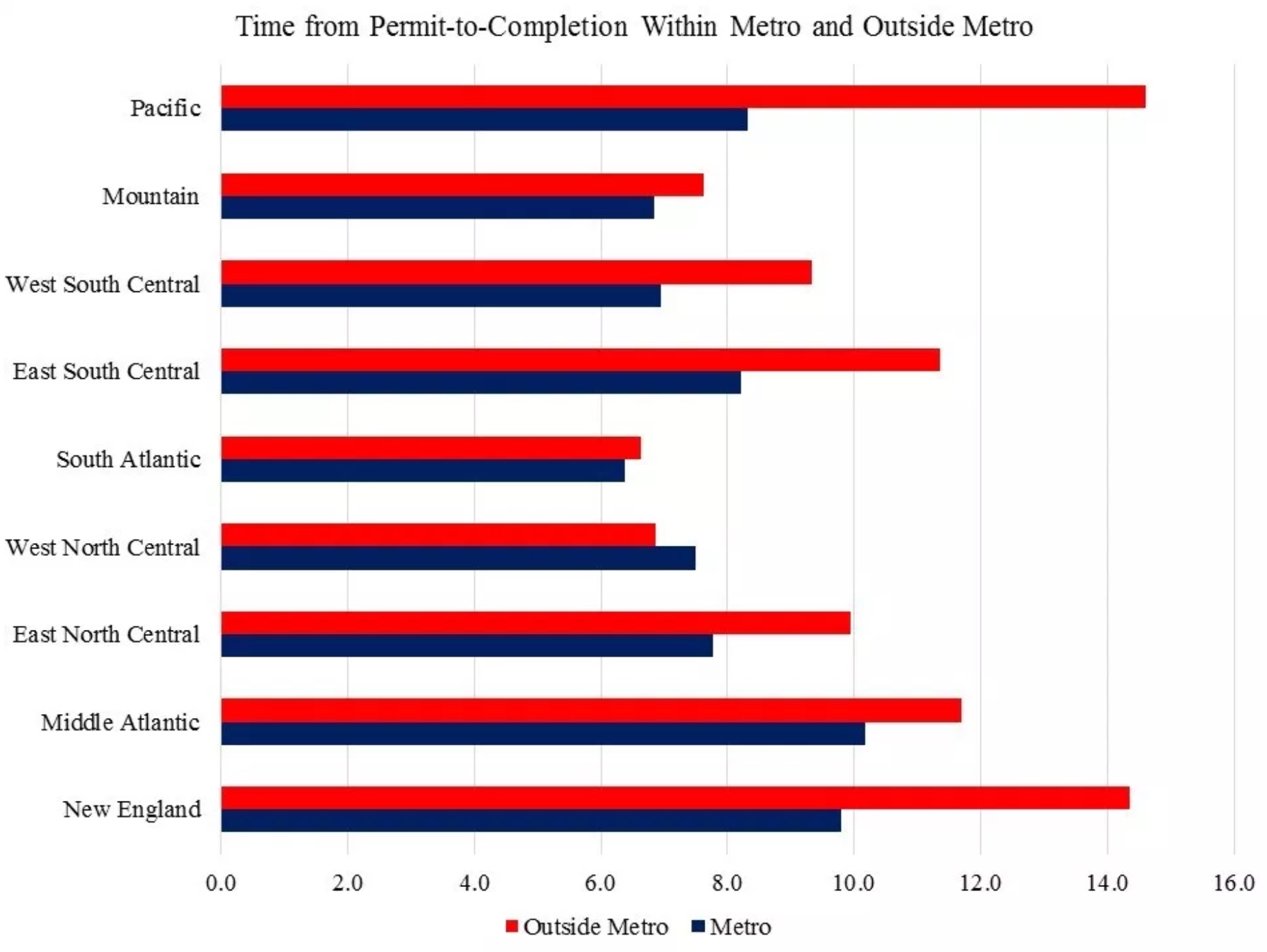| Jul 31, 2019

Considering the time and energy homeowners put toward making their house look great (particularly if they’re trying to sell), many make the critical mistake of neglecting another one of our senses that can be far more powerful: smell.
Even if you’ve decorated or staged your home perfectly, if potential buyers walk in and detect an unpleasant odor, they could skedaddle fast. Good scents, on the other hand, entice them to linger.
“One of the easiest ways to evoke pleasant feelings about a space is to enhance the way it smells,” says Ben Creamer, a managing broker in Chicago. “It’s often the first thing a person will notice upon entering a space—and it’s one of the things that, when done poorly, can kill a sale, no matter how beautiful the home.”
“The first step to a good-smelling home is to get rid of any odor,” says Barb Boehler, a real estate agent in Madison, WI. “Make sure to scrub all surfaces, wash all rugs, and have the carpets cleaned. Until this is done, you’ll only be masking smells.”
In addition, be mindful in creating a home scent that will be as universally appealing as possible.
“The definition of ‘pleasant’ when it comes to the olfactory senses can vary widely from person to person, so it’s best to keep the scent subtle and clean throughout, with a special emphasis on the kitchen and bath,” says Creamer.
With that in mind, here are 11 tips for making your home smell amazing before guests or home buyers arrive.
Scrub down the bathroom
It goes without saying that scummy showers and grubby toilets are major buyer turnoffs. Use Fabuloso liquid cleaner for bathroom surfaces, including tubs and showers, for a lovely lavender scent, recommends Lisa Jacobs, an organizing professional and founder of Imagine It Done.
Freshen the fridge
Yes, there’s a good chance people will open your refrigerator and take a peek inside. Toss any smelly leftovers or expired condiments, then leave a fresh box of baking soda on a shelf to take care of any lingering odors, says Jacobs.
Take out the trash
Obviously, get rid of any and all garbage before you welcome guests. If your trash cans still carry an odor, sprinkle baking soda in the bottom to absorb it, advises Lisa Molinari, a real estate agent in Morristown, NJ.
Get underfoot
Carpets and rugs can trap a ton of bad smells, especially if you wear shoes in your home or have pets—and warm weather can make them even worse.
An easy fix: Get them shampooed or steam-cleaned regularly, and especially before an open house, says Jennifer Snyder, owner of Neat as a Pin Organizing & Cleaning.
Don an apron
You know all of those hours you’ve spent watching bake-offs on reality TV? Put them to good use by whipping up something sweet that will do double duty making your home smell enticing and providing a snack for potential buyers.
Cedric Stewart, a residential sales consultant in Washington, DC, loves pulling a batch of pumpkin bread or banana bread out of the oven right before the open house begins.
“This provides a great smell, and treats seem to stick in the buyers’ mind after they leave,” he says. (It’s also not a bad idea to brew a fresh pot of coffee to go with the baked treat.)
Just add soap
Round up all of those unused bars of fancy soap you’ve been gifted over the years, and place them in a pretty bowl on a bathroom counter. Dove brand soap also works great for this.
“It can fill a room with a remarkably clean, fresh scent for weeks,” says Creamer. “You can even hide a bar or two in a walk-in closet to freshen the space.”
Play with matches
Tried-and-true candles can make a room feel peaceful, as well as fill it with a pleasant scent—provided the scent isn’t overpowering.
Jacobs loves Apotheke’s bamboo three-wick candle, while Los Angeles–based real estate agent Melissa Okabe always turns to Diptyque’s baies candle, which smells fresh and fruity.
Light the candle 10 to 15 minutes before the open house begins and, of course, keep it in a well-ventilated area away from anything flammable.
Focus on essentials
Oils, that is. If you’d rather stay away from open flames, you can opt for essential oil diffusers for a similar effect.
Okabe recommends fresh, neutral scents such as lemon or lavender, to add to a high-quality diffuser such as this one from West Elm. (It will be a gadget you use long after you sell your home, too.)
If you don’t want to invest in a diffuser, you can use essential oils in a few other ways.
Tangela Walker-Craft, a home and family blogger, recommends dabbing a drop of oil on cold lightbulbs before turning them on—it’ll give off a subtle fragrance as the bulb warms up. You can also add a few drops to cotton balls and hide them strategically around your home, then simply toss them after the open house concludes.
Raid your laundry room
Face it: Potential buyers are likely going to be peeping through your drawers and cabinets, so you’ll need to consider how they smell, as well. An easy way to freshen up confined spaces like these is to add dryer sheets a few days before the open house, says Ben Mizes, a real estate agent in St. Louis.
“These places don’t see a lot of light, so they can have some funky smells—but dryer sheets make them smell like fresh laundry,” he adds.
Simmer down
If you don’t have time to bake, you can create a similarly appealing sweet scent by simmering vanilla extract diluted in water on the stove.
Molinari makes a natural potpourri by adding five cinnamon sticks, 1 teaspoon vanilla, 2 tablespoons cloves, three bay leaves, and an orange rind to a pot of simmering water.
Catch air
High-efficiency particulate air, or HEPA, purifiers can be a little expensive, but they’re extremely effective in removing any lingering strong, strange odors from the air, says Mizes. Combining an air purifier with another method, such as baking cookies, can make a big difference in how your home smells.
At the end of the day, remember to not overdo it. Avoid having multiple scents competing with one another in various rooms.
Instead, “find one neutral, mild scent and let it breathe,” says Molinari. “A scent throughout helps give your home flow and connectivity—so allow it to become the background of the experience.”





